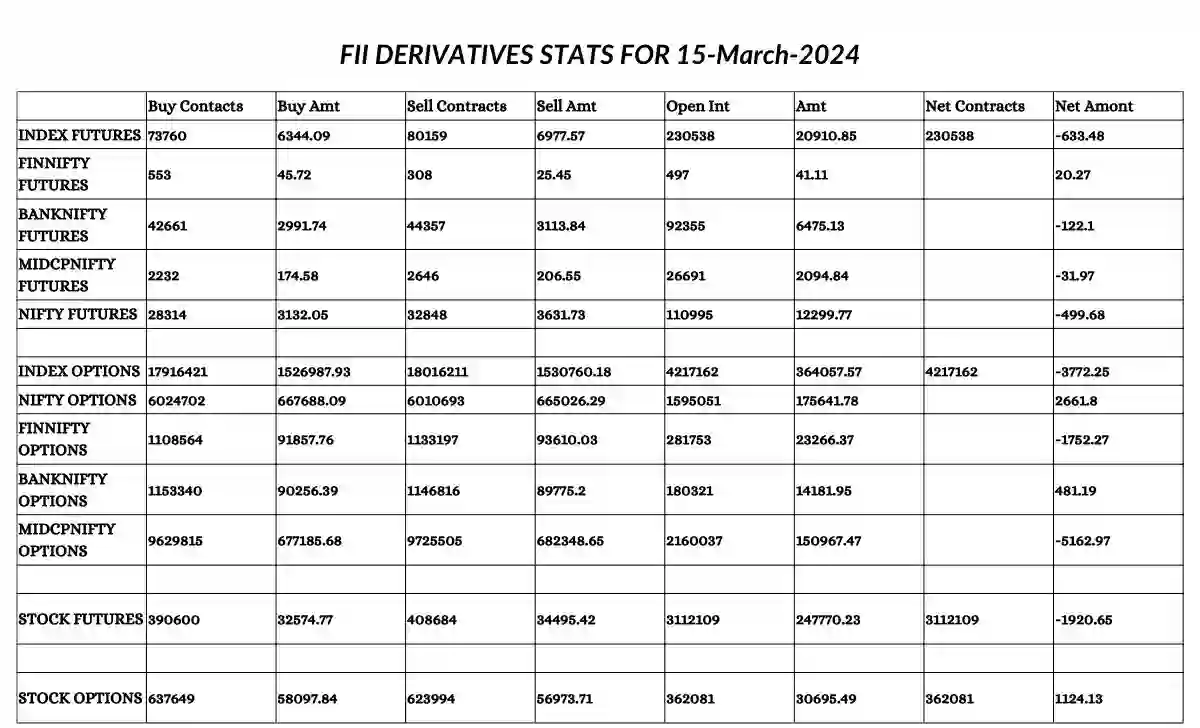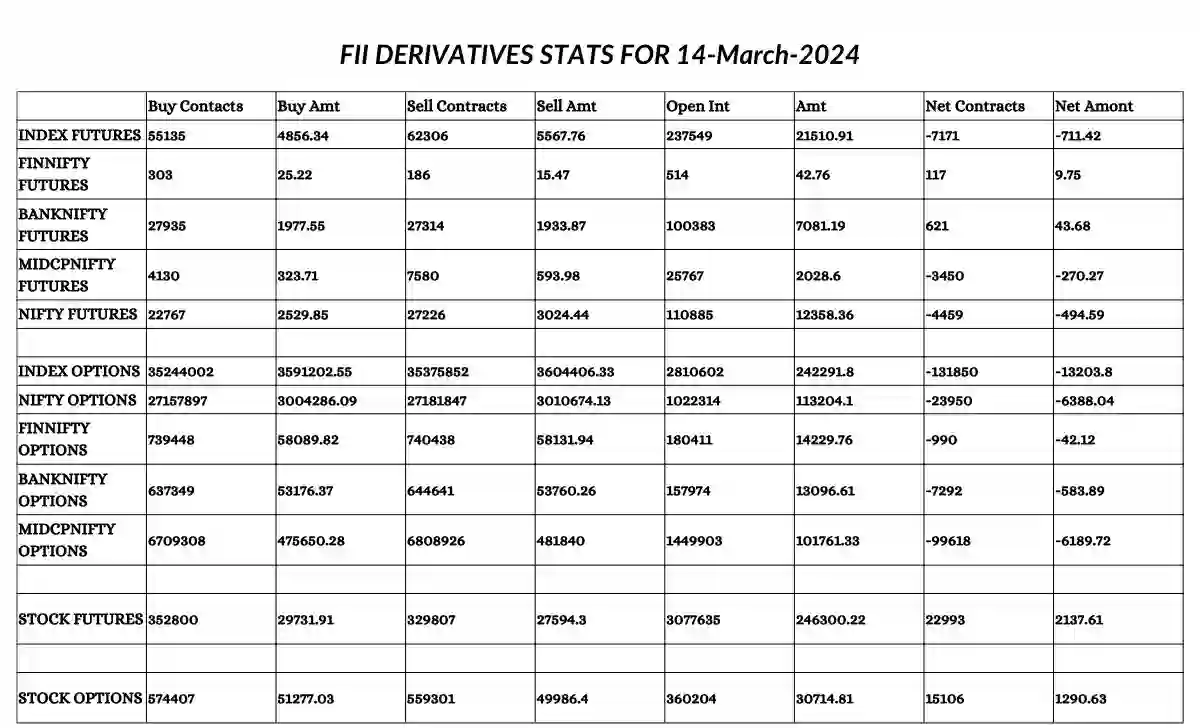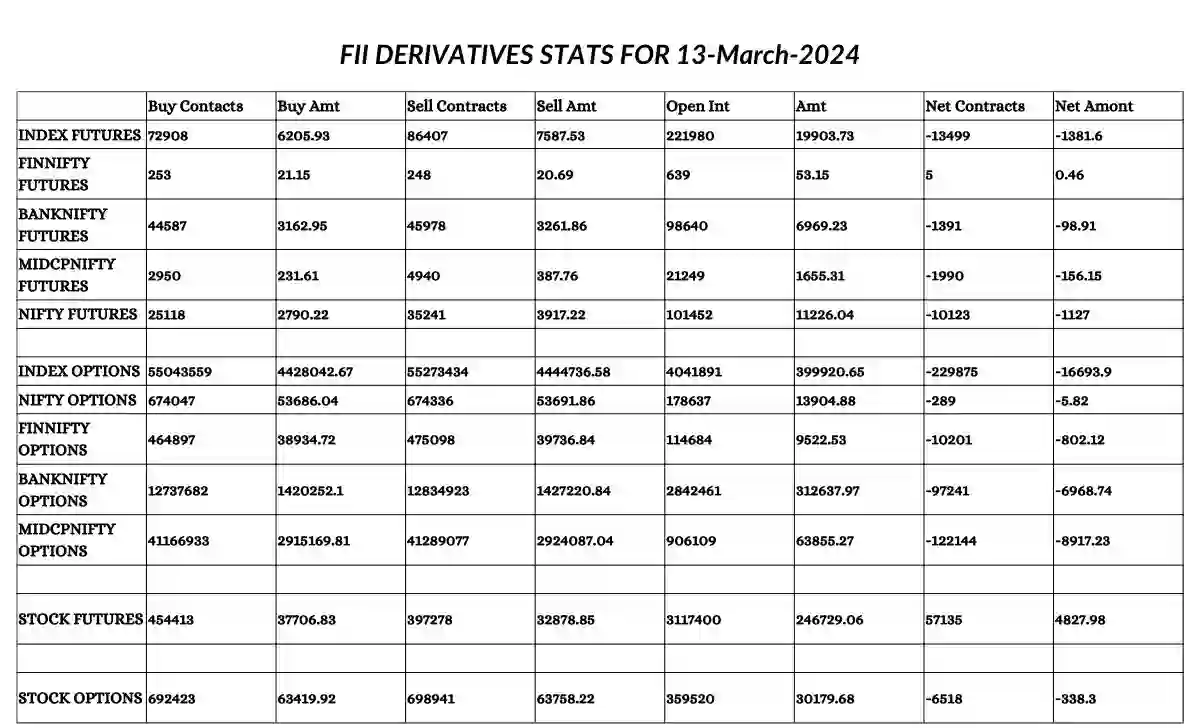Unveiling Mutual Funds’ SEBI-Mandated Stress Test Outcomes: A Deep Dive into Investor Implications
Dive into the latest SEBI-mandated stress test outcomes of mutual funds, exploring their impact on investors amidst market volatility. Discover crucial insights into liquidity, portfolio concentration, and volatility measures, empowering informed investment decisions.
Introduction: The Paradigm Shift in Investor Disclosures
The recent initiative by SEBI to mandate stress test disclosures by mutual funds marks a significant shift in investor transparency. Understanding the implications of these stress tests is vital for investors navigating volatile market conditions.
Also Read: The Importance of Discipline in the Stock Market
SEBI-Mandated Stress Test Outcomes: What Investors Need to Know
SEBI’s stress tests aim to provide investors with insights into the liquidity of mid and small-cap funds during periods of market turbulence. Analyzing the results enables investors to gauge the speed of fund liquidation under varying redemption pressures.
The phrase “the speed of fund liquidation under varying redemption pressures” refers to how quickly a mutual fund can convert its assets into cash to meet investor redemption requests when faced with different levels of pressure or demand for withdrawals.
In simpler terms, it’s about understanding how fast a mutual fund can sell off its investments to fulfill requests from investors who want to cash out their holdings. This speed of liquidation can vary depending on factors such as the size of the redemption requests, market conditions, and the types of assets held within the fund.
For investors, knowing the speed of fund liquidation is crucial because it indicates how efficiently a fund can manage withdrawals without negatively impacting its performance or the remaining investors. If a fund can quickly liquidate assets, it may be better positioned to handle sudden surges in redemption requests during times of market stress, minimizing the risk of liquidity problems or fire sales that could harm overall returns.
Liquidity Insights: Evaluating Fund Liquidation Timelines
Delving into the stress test outcomes reveals crucial information about the timeframes required for fund liquidation. Exploring data from mid and small-cap funds unveils varying liquidation timelines, influencing investment decisions based on fund size and market capitalization.
Impact of Fund Size on Liquidation Efficiency
Examining the correlation between fund size and liquidation efficiency elucidates how larger funds may encounter challenges in swiftly liquidating portfolios. Understanding this dynamic aids investors in assessing liquidity risks associated with different fund sizes.
Also Read: Analyzing Stress Test Results for Mid and Small-Cap Investors
The correlation between fund size and liquidation efficiency refers to the relationship between the size of a mutual fund and how effectively it can convert its investments into cash when needed.
In essence, larger mutual funds may encounter challenges in swiftly liquidating their holdings compared to smaller funds. This correlation arises because larger funds typically have more extensive portfolios with a higher number of investments. As a result, it can take longer to sell off these assets, especially during times of high demand for redemptions or market volatility.
On the other hand, smaller funds with fewer holdings may find it easier to liquidate their investments quickly since they have a smaller pool of assets to manage.
Understanding this correlation is important for investors because it can impact the fund’s ability to meet redemption requests promptly without adversely affecting its performance. Larger funds may face liquidity constraints during periods of heightened market activity, potentially leading to delays or unfavorable sales prices. Conversely, smaller funds may have greater flexibility in managing liquidity needs, thereby enhancing their overall efficiency in responding to investor demands.
Portfolio Concentration: Assessing Risk Exposure
SEBI’s mandated disclosures extend beyond liquidity to encompass portfolio concentration. Evaluating the percentage of assets under management (AUM) held by the top 10 investors sheds light on concentration risks, influencing investment strategies to mitigate potential downsides.
Also Read: SEBI to Conduct Stress Tests on Equity Schemes
Analyzing the percentage of assets under management (AUM) held by the top 10 investors provides insight into concentration risks within a mutual fund or investment portfolio.
This metric reveals how much of the total fund assets are controlled by a select group of investors. When a significant portion of the AUM is concentrated among a small number of investors, it indicates a higher level of concentration risk.
Concentration risks arise because if one or more of these top investors decide to sell off their holdings, it could potentially trigger a domino effect, leading to increased selling pressure and negatively impacting the fund’s performance. This scenario can be particularly concerning if the top investors hold a large proportion of the fund’s assets.
Investors should pay attention to concentration risks as they can pose a threat to portfolio stability and returns. By evaluating the AUM held by the top investors, investors can better assess the level of concentration risk within a fund and make informed decisions about their investment strategies. Diversification and monitoring changes in the distribution of AUM among top investors are essential strategies for managing concentration risks effectively.
Similarly, concentration risks can arise from a high concentration of investments in a few individual securities. If one or more of these securities experience significant declines in value, it can have a disproportionate impact on the overall portfolio.
Investors must be aware of concentration risks because they can amplify the potential for losses, particularly if the concentrated assets experience unexpected declines or adverse events. Diversification, spreading investments across different asset classes, sectors, and regions, is often used to mitigate concentration risks and help protect against significant losses in a portfolio.
Market Capitalization Allocation: Balancing Liquidity and Risk
Mutual funds’ allocation across market capitalizations plays a pivotal role in determining liquidity and risk exposure. Analyzing concentration levels in large-cap, mid-cap, and small-cap segments empowers investors to strike a balance aligned with their risk tolerance and investment objectives.
The way mutual funds allocate their investments across different market capitalizations (such as large-cap, mid-cap, and small-cap stocks) is crucial in influencing both liquidity and the level of risk exposure within the fund.
Market capitalization refers to the total value of a company’s outstanding shares of stock and is often used as a measure of a company’s size and market value. Large-cap stocks typically belong to well-established companies with stable earnings and a larger market value, while small-cap stocks represent smaller companies with potentially higher growth prospects but also higher risk.
When mutual funds allocate their assets across different market capitalizations, they are essentially diversifying their holdings to manage risk. Large-cap stocks tend to be more liquid, meaning they can be easily bought or sold without significantly impacting their market price. Therefore, funds that allocate a significant portion of their portfolio to large-cap stocks may have higher liquidity, as these stocks are readily tradable.
On the other hand, mid-cap and small-cap stocks may offer higher growth potential but often come with greater volatility and liquidity risks. These stocks may be less liquid, meaning there may be fewer buyers and sellers in the market, leading to wider bid-ask spreads and potentially increased trading costs.
By strategically allocating investments across different market capitalizations, mutual funds can balance liquidity needs with the desired level of risk exposure. A well-diversified portfolio that includes a mix of large-cap, mid-cap, and small-cap stocks can help mitigate risk while potentially capturing opportunities for growth. However, the specific allocation strategy will depend on the fund’s investment objectives, risk tolerance, and market outlook.
Also Read: PAYTM UPI Continues as Third-Party Application Provider
Volatility Measures: Understanding Risk Dynamics
SEBI’s stress test disclosures encompass volatility measures, including standard deviation and portfolio beta. Examining these metrics provides insights into fund risk profiles, aiding investors in aligning their investment strategies with desired risk-return objectives.
Standard deviation and portfolio beta are both important measures used in investment analysis to assess risk and volatility.
- Standard Deviation: Standard deviation measures the dispersion of returns around the average (or mean) return of an investment or portfolio. In simpler terms, it quantifies the degree of variation or volatility in returns over a specific period. A higher standard deviation indicates greater volatility, suggesting that returns are more spread out from the average. Conversely, a lower standard deviation implies more stable returns. Investors use standard deviation to gauge the level of risk associated with an investment or portfolio. It helps investors understand the potential range of outcomes and assess their risk tolerance accordingly.
- Portfolio Beta: Portfolio beta, often simply referred to as beta, measures the sensitivity of a portfolio’s returns to movements in the broader market. It compares the portfolio’s historical returns to those of a benchmark index, such as the Nifty 50. A beta greater than 1 indicates that the portfolio is more volatile than the market, meaning its returns tend to fluctuate more in response to market movements. A beta less than 1 suggests that the portfolio is less volatile than the market, exhibiting smaller fluctuations in returns. A beta of exactly 1 implies that the portfolio moves in line with the market. Beta helps investors understand how their portfolio may perform relative to the broader market and can be used to manage risk by adjusting the portfolio’s exposure to different asset classes or sectors.
In summary, standard deviation quantifies the volatility of returns, while portfolio beta measures the sensitivity of a portfolio’s returns to market movements. Both measures are valuable tools for investors in assessing and managing risk in their investment portfolios.
Valuation Insights: Unveiling Fund Performance Metrics
Exploring trailing twelve-month price-to-earnings multiples and benchmark index comparisons offers valuable insights into fund valuations. Assessing these metrics alongside liquidity and volatility measures enables investors to make informed decisions based on comprehensive performance evaluations.
Also Read: Unveiling the Regulatory Storm
Trailing twelve-month price-to-earnings (P/E) multiples and benchmark index comparisons are essential metrics used by investors to evaluate the valuation of stocks or investment portfolios.
- Trailing Twelve-Month P/E Multiples: Trailing twelve-month P/E multiples, also known as TTM P/E ratios, calculate the ratio of a stock’s current price to its earnings per share (EPS) over the past twelve months. This metric helps investors gauge how much they are paying for each unit of earnings generated by a company. A higher P/E ratio indicates that investors are willing to pay more for each unit of earnings, suggesting that the stock may be overvalued. Conversely, a lower P/E ratio may indicate that the stock is undervalued. Trailing twelve-month P/E multiples provides insight into the relative valuation of stocks within an industry or market segment and can help investors identify potential investment opportunities.
- Benchmark Index Comparisons: Benchmark index comparisons involve comparing the performance of an investment portfolio or individual stocks to a relevant benchmark index, such as the SENSEX or the Midcap 100. Investors use benchmark comparisons to evaluate how well their investments are performing relative to the broader market or a specific market segment. By comparing returns, volatility, and other metrics to the benchmark index, investors can assess the effectiveness of their investment strategies and make informed decisions about portfolio allocation. Benchmark comparisons provide valuable context for evaluating investment performance and identifying areas for potential improvement.
In summary, trailing twelve-month P/E multiples provide insights into stock valuation, while benchmark index comparisons help investors assess investment performance relative to the broader market or specific market segments. These metrics are essential tools for investors in making informed decisions about their investment portfolios.
Holistic Investment Evaluation: Integrating Key Parameters
Synthesizing liquidity, portfolio concentration, volatility, and valuation metrics facilitates a holistic assessment of mutual fund investments. Empowered with a comprehensive understanding, investors can make well-informed decisions aligned with their financial goals and risk preferences.
Conclusion: Navigating Investment Decisions with Confidence
As mutual funds unveil SEBI-mandated stress test outcomes, investors are equipped with invaluable insights to navigate market uncertainties. By leveraging comprehensive disclosures and analysis, investors can make informed decisions, fostering financial resilience and long-term wealth accumulation.









